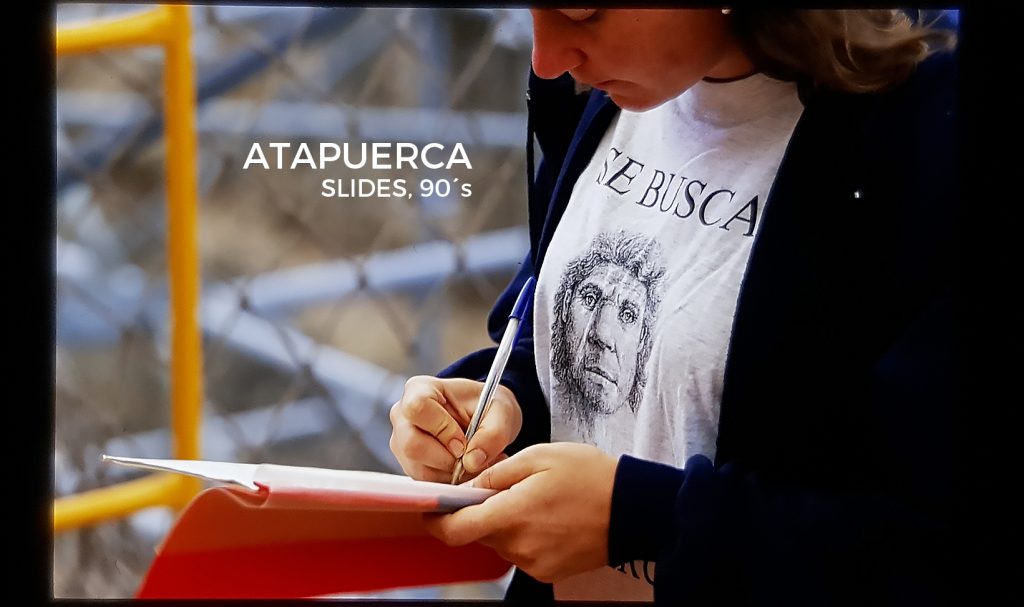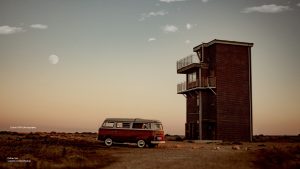19 Apr Slides.- Atapuerca
A cynic would say that the archaeological evidence shows primarily how buildings met the ground, not how they really looked. In fact, the most ardent archaeologists today may be not the professionals going by this noum, or the paleontologists or anthropologists. The modern builders, engineers and architects are. For sure they will add countless mummies and sherds, decades or even centuries after they have completed their buildings.
In the end, in spite of or because of the Bidens and Putins of this world, we will leave only symbols of an era that will remain in the dark past, forever unintelligible —as it is already now; yet as long as these symbols remain they will be, century after century, ineffable reminders of the glory, the mystery, the joy and the sadness of life.

Regarding the slides:
In 1895, a British company began construction of a railway line in Spain to transport iron and coal from the northern mines of Burgos to the factories of Biscay. At one point, the company’s engineer modified the initial project so that it would pass through a place rich in limestone, in the foothills of the Sierra de Atapuerca.
The man knocked down mountains, sectioned hills, razed trees and fitted rails for the mining train to run, and thus, without intending to, uncovered the most important set of paleontological deposits in Europe. Today the site is known as the Trinchera del Ferrocarril (Railway Trench), a kilometer-long furrow into which several caves are open, filled with human and animal skeletal remains: Gran Dolina, Galería and Sima del Elefante, today open to the public, and Cueva Mayor and Mirador —where the slides were made— the furthest one; only researchers have access to the latest.
Slides from our Film Photo Library – 90´s
Archives
Tag Cloud
[mailpoet_form id="3]


Sorry, the comment form is closed at this time.